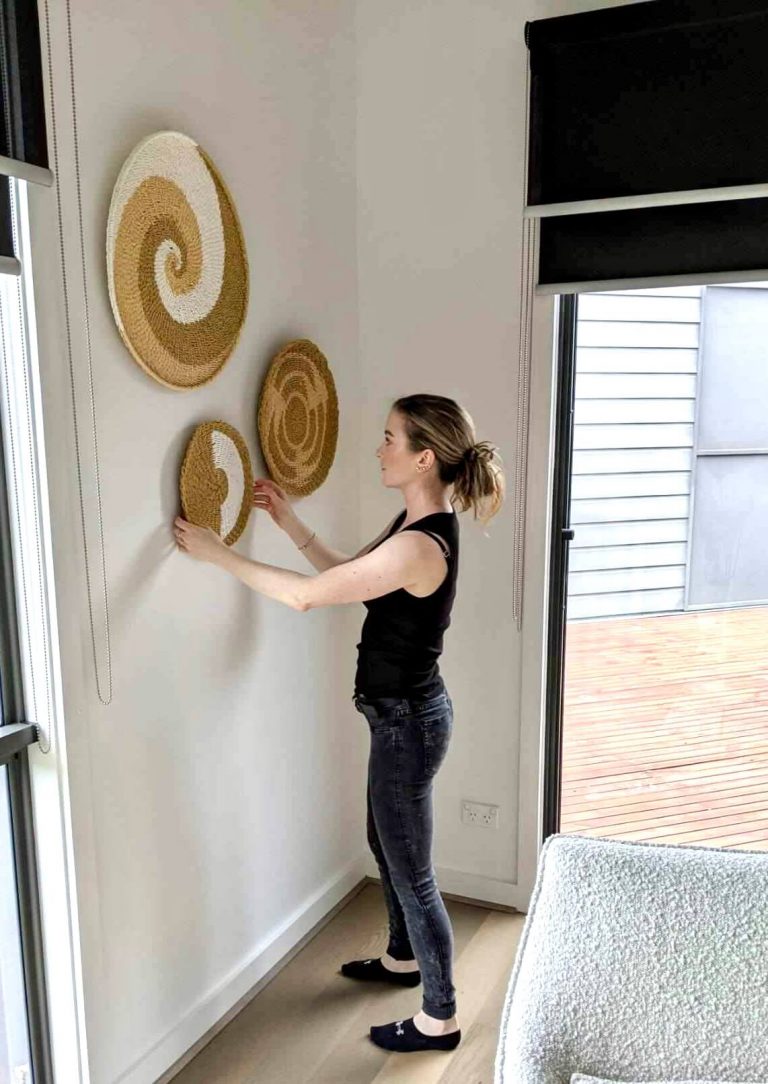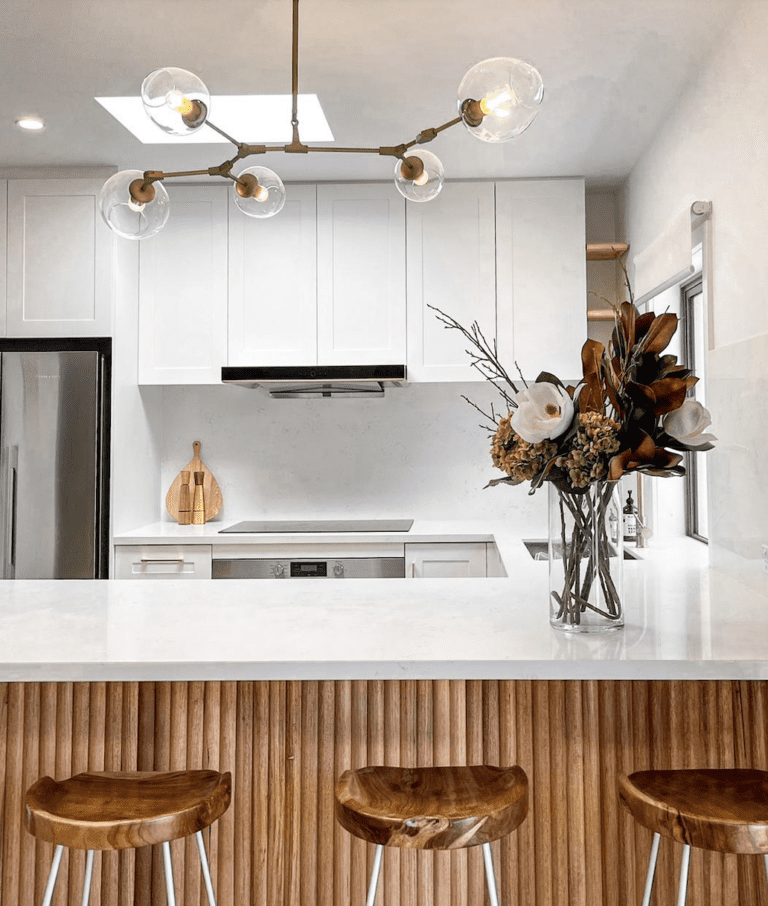
Your home is your biography and tells the story of who you are. I am here to help you write your next chapter.

How to mix different wood tones together
Timber possesses inherent beauty as a natural material, exhibiting exceptional charm when complemented by elements like stone, concrete, and metallic accents. Its versatility extends beyond kitchen cabinets, as we employ it in benchtops, feature lighting, and decorative accessories.
However, it is important to avoid the pitfall of creating a ski-lodge aesthetic, where every timber element in a room matches flawlessly, resulting in a lack of visual interest. To maintain a fashionable appeal and highlight your preferred pieces, its best to opt for a combination of diverse finishes.

How to mix different wood species together
Popular choices for timber floors in Australian homes include Spotted Gum and Tasmanian Oak, offering a range of tones from pale to dark brown. Mango wood, renowned for its multicolored grains, is currently a favored species for furniture and accessories, beautifully complementing Spotted Gum and Tasmanian Oak floors, especially the darker variants.
For furniture and accessories in darker timber shades, Sheesham wood is an excellent option. Its rich chestnut color and rustic allure create a striking combination, particularly when paired with lighter timber floorboards to achieve a contrasting effect.
In terms of lighter timbers, the trend for 2018 is expected to showcase more furniture crafted from pale, gray-toned, and white-washed varieties. These choices present a stunning contrast against dark timber floors.

The room above works beautifully with three different types of wood because they are all showing warm undertones. The presence of red or yellow undertones allows these woods to blend harmoniously.
How do I do it?
To successfully incorporate wooden furniture into a room with timber floors, it’s essential to ensure it either complements or contrasts effectively. Complementing involves seeking a balance between the undertones of the items, while contrasting entails selecting pieces that differ enough to create a harmonious coexistence. For example, a walnut table on an oak floor can achieve a striking contrast.
Take note of the undertones in your timber selections, which can be categorized as either cool (blue- or grey-based) or warm (yellow-, orange-, or red-based). When combining different timber elements, ensure they share the same undertone to maintain visual coherence.
Additionally, pay attention to the grain patterns. If one timber element, such as a buffet, possesses a pronounced grain, it’s advisable to keep the rest of the scheme relatively simple to achieve a sense of balance.

More tips to mix different woods together
To maintain visual harmony, it’s best to avoid incorporating an excessive number of timber species within a single space. Aim for an odd number, with three being the ideal choice.
If your wooden floor and furniture don’t complement each other seamlessly, introduce a rug to create a visual separation. In the case of a mismatched table and chair combination, consider opting for contrasting legs, such as black or metal, to achieve a cohesive and appealing look.
Don’t forget texture
Embrace the opportunity to incorporate wood tones with varying scales of wood grain, treating the grain as a unique pattern. Just as mixing different patterns adds visual interest, working with multiple textures can have the same effect. Consider pairing a rough-surfaced floor with a polished table to create intriguing contrast and visual appeal. Another option is to select planks of different scales to steer clear of an overly uniform appearance.
Check out more helpful tips and tricks HERE.

Tracey Bright
< Click my face to get in touch.
If you learned a thing or two, share this blog on your socials below.







